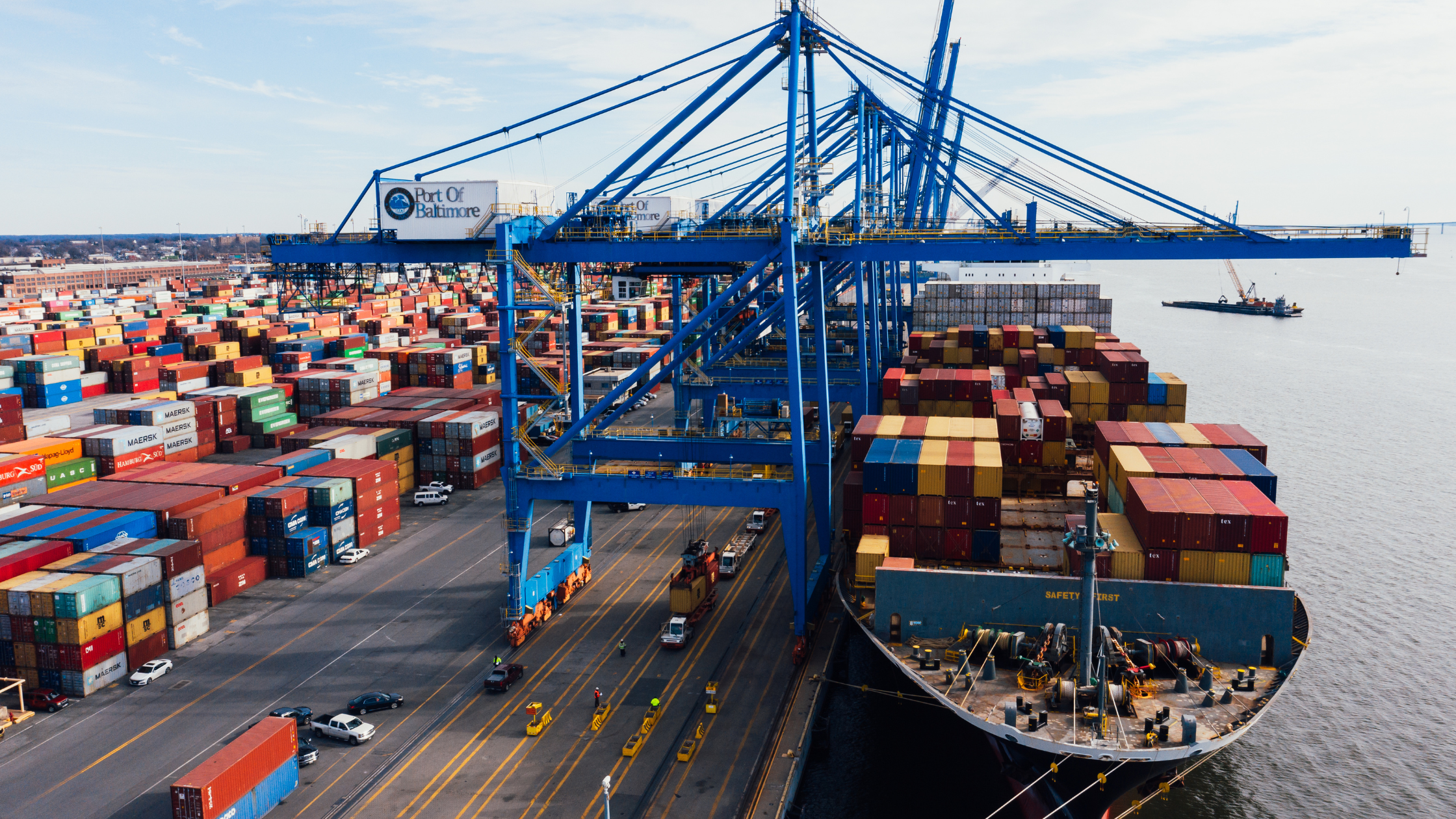By 2035, Africa exports are set to experience a remarkable surge, approaching nearly USD1 trillion. The driving force behind this economic milestone is the African Continental Free Trade Area (AfCFTA), a collaborative effort encompassing 54 markets, poised to augment exports by an additional 29 per cent.
According to the Future of Trade 2023 report, robust intra-regional trade growth is anticipated for West and East Africa. West Africa, in particular, presents significant potential for the establishment of value chains, especially in agricultural products like shea butter and cocoa beans. Initiatives such as the West Africa Regional Communications Infrastructure Project are expected to enhance connectivity, facilitating increased trade activities.
In East Africa, extensive cross-border infrastructure projects like the Lapsset Corridor Project, linking Ethiopia, Kenya, and South Sudan, are anticipated to fuel substantial trade growth in the coming decades.
Despite their current size, the West Africa-Central Africa (WA-CA) and the East Africa-Central Africa corridors (EA-CA) are projected to experience double-digit export growth until 2035. Notably, the WA-CA corridor is expected to thrive due to robust trade between Nigeria and Cameroon.
The report highlights the significance of corridors such as the Kenya-Congo Republic and Tanzania-DR Congo in propelling growth in the EA-CA corridor. Recent agreements between Kenya and the Congo Republic, along with the construction of a USD 2.2 billion rail network connecting Tanzania and DR Congo through Burundi, are poised to boost trade upon completion in 2026.
While regional trade with Southern Africa is expected to grow moderately, it is still forecasted to constitute about two-thirds of total intra-Africa trade by 2035.
Africa exports: East Asia will dominate Africa’s trade with regions further away
An interesting outlier in Africa’s trade landscape is its interaction with East Asia. Despite the absence of geographical proximity, both Southern Africa and West Africa are expected to witness trade volumes with East Asia exceeding USD100 billion by 2035.
Moreover, East Asia emerges as the largest trading partner for Central Africa, driven by the region’s abundant reserves of key minerals crucial for renewable energy technologies. Mainland China’s global significance in the value chains for these technologies further propels this trading relationship.


